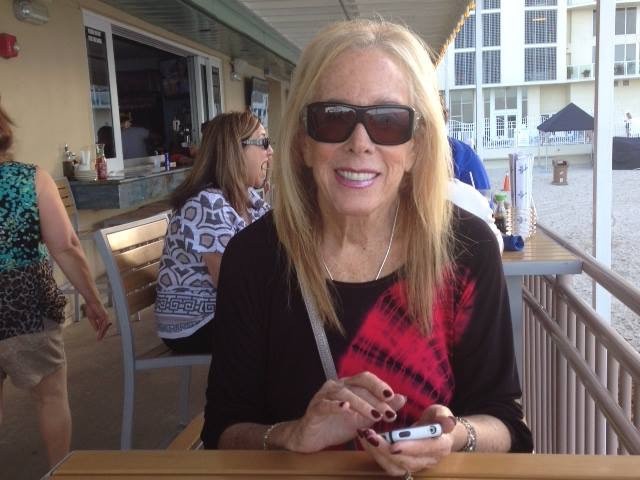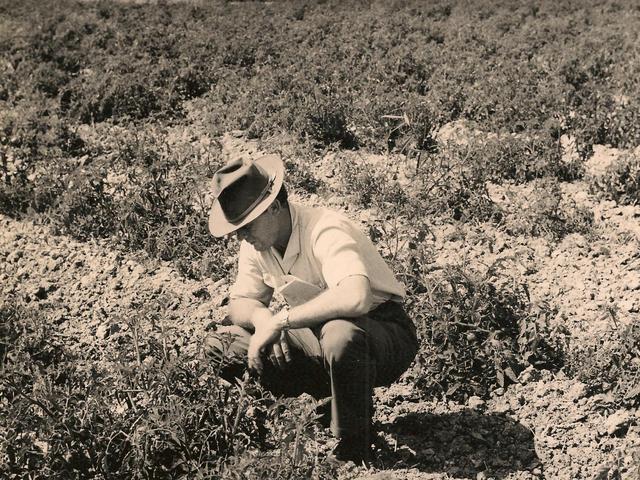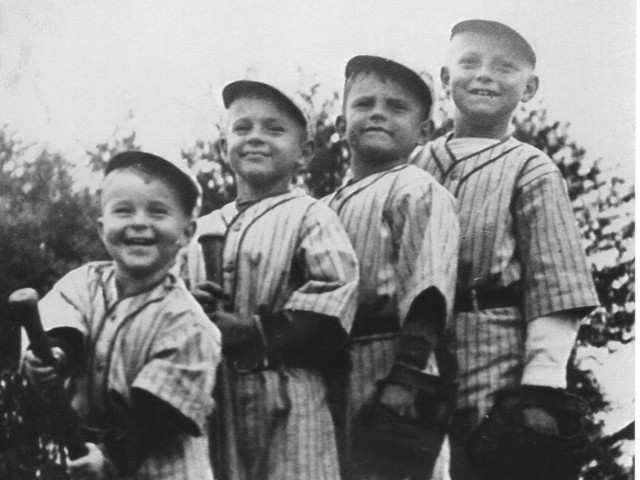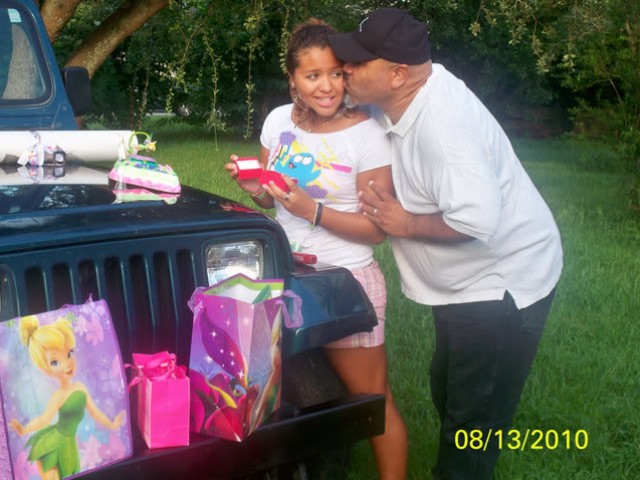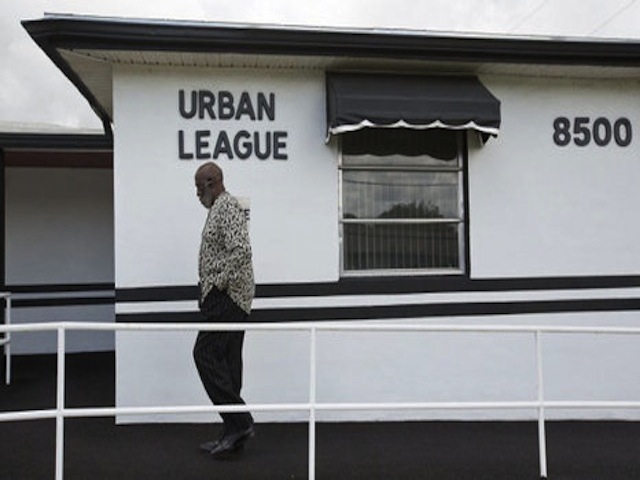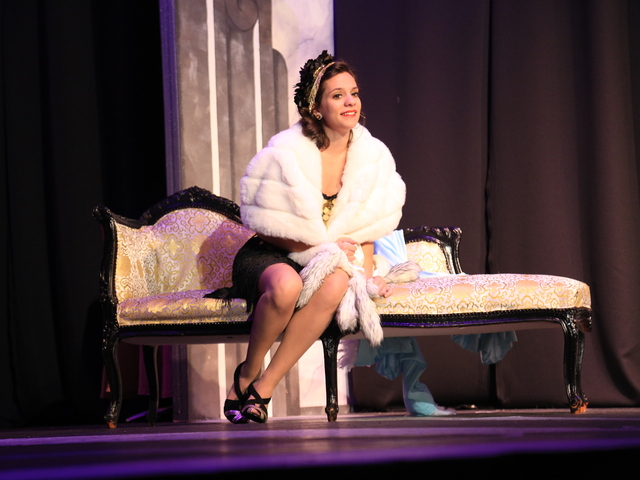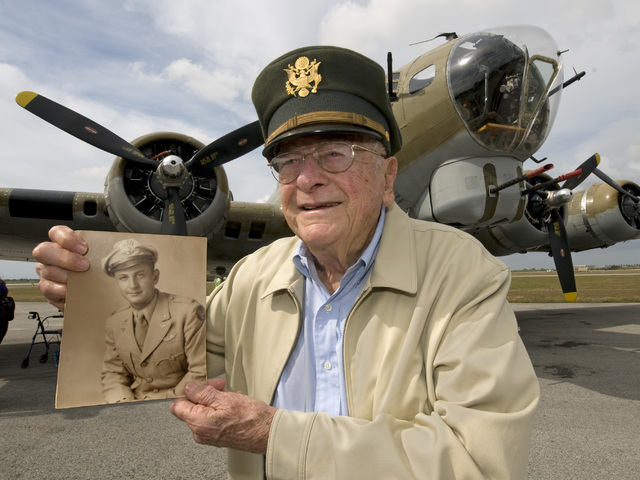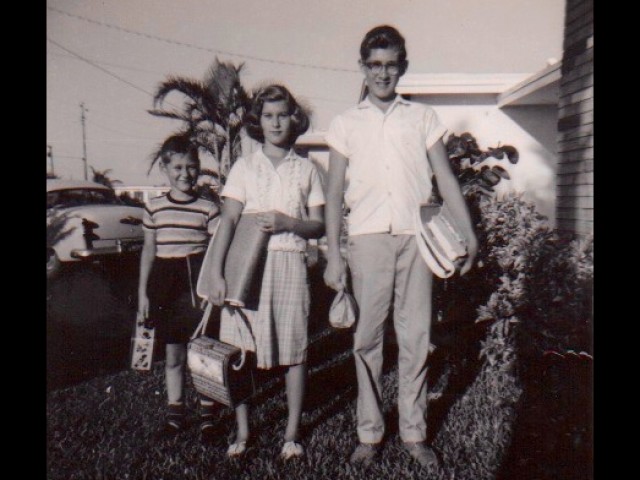In November 1967, after my girlfriend and I became registered nurses, we moved from Wisconsin to Miami Beach. This was a goal we had dreamed of since high school.
We lived at the Castaways Motel in Sunny Isles Beach until we secured our first jobs at Miami Beach’s Mt. Sinai Hospital. After saving our money for several months, we moved to Miami Springs. It was a party, day and night, with all the flight attendants and pilots staying there. Our favorite club was 6 West. It was our hangout to dance and have a good time. We could be found listening to the talented Rhodes Brothers there every Sunday afternoon.
I left Mt. Sinai in 1969 and did private duty nursing that summer. I was dating an executive with A&M; Records. He invited me to a concert in Woodstock, N.Y. but I was unable to go because I was about to start my new job the following Monday in the Emergency Department at Jackson Memorial Hospital. Woodstock, who knew?
While working in the E.D., I was privileged to meet and work with Dr. James Jude. Dr. Jude was a thoracic surgeon who helped develop the use of CPR (cardiopulmonary resuscitation) lifesaving technique. Working with Dr. Jude, I taught CPR classes to my co-workers as well as the Miami-Dade and City of Miami paramedics. I also set up the first “crash cart” in the E.D., which we used for patients in cardiac arrest.
There were times we literally had to jump up on the stretchers to perform CPR and other procedures. A friend of mine and I decided it was not appropriate to wear uniform dresses in situations like those so we decided to wear white uniform pants and pastel uniform tops to work.
We were the first at Jackson to do so. We had nurses coming from every department to see us. The word had spread quickly that dresses were out and pants were in. The majority of nurses now wear uniform pants.
Part of the E.D. consisted of Ward D, or Detention Ward. Essentially, it was the prison ward of the hospital. Anyone who was sick or injured and under arrest was sent to Ward D. We treated murderers, rapists, and even lawyers or doctors on occasion. We were also responsible for treating “Drug Mules,” those who swallowed or inserted packets of heroin or cocaine to avoid arrest.
Sadly, we witnessed several of them die due to the drug packets breaking open in their abdomens. I worked primarily in Ward D from 1972 until I retired in 2000. Jackson Memorial Hospital was a wonderful place to work. I learned so much and had an incredible career as a registered nurse.
Coconut Grove was a haven for artists, musicians, and the “flower child” generation. I moved there in 1969, finding a cadre of friends who would come together in Peacock Park to play our guitars and make delicious vegetarian meals for everyone. The tallest buildings in the Grove at that time were the Coconut Grove Bank and the Mutiny on Sailboat Bay.
It was such a quiet and peaceful time in the Grove. We had plenty of places to congregate. Dick’s Old Grove Pub was one of those places. They had the best cheeseburgers in the greater Miami area. One Sunday, the Jefferson Airplane rock group came in and played all afternoon. We would catch breakfast at the Florida Pharmacy, lunches and dinners at the Feed Bag, the Village Inn, The Taurus, 27 Birds, Lum’s and many more.
On any given day, one could see great musicians walking or biking through the Grove: Vince Martin, Bobby Ingram, John Sebastian, Neil Young, David Crosby, Jimmy Buffet and so many others.
We didn’t restrict ourselves to eating and playing in the Grove, though. Some terrific restaurants in Coral Gables and South Miami included Fox’s Sherron Inn, Jahn’s Ice Cream Parlor, the Sweden House, Sambo’s, the Glorified Delicatessen, Uncle Tom’s BBQ, Food Among the Flowers, The Monk’s Inn and Vinton’s.
Riding my bicycle through Coconut Grove one day, I met my future husband Bruce Liptak. He and a friend had just opened Om Jewelry and Leather. We married in 1972 but Bruce passed away seven years later at the age of 36 from a cerebral aneurysm.
Friends and family were very instrumental in helping me through that horrific time. In 1982, I had a dinner party and some friends brought over John Blocker. We married in 1995. He has a daughter, Vergene, who was 4 years old when I met John. I helped raise her and consider her my very own daughter. She is now 38 years old.
After retiring from JMH in 2000, we moved from Coconut Grove to Sunny Isles Beach. I wanted to remain active in my profession so I returned to Jackson and worked part-time for another six years. My husband, a cardiopulmonary technologist, still works at Jackson.
I no longer work but I am a tireless volunteer. I take classes and am on the board of our condo association. In a fitting tribute, the building in which we live in stands where the Castaways once stood. It’s a lovely reminder that I’ve come full circle in this city.
I left Mt. Sinai in 1969 and did private duty nursing that summer. I was dating an executive with A&M; Records; he invited me to a concert in Woodstock, N.Y. but because I was about to start my new job the following Monday in the Emergency Department at Jackson Memorial Hospital, I was unable to go. Woodstock; who knew.
While working in the E.D. I was privileged to meet and work with Dr. James Jude. Dr. Jude was a thoracic surgeon who helped develop CPR (cardiopulmonary resuscitation). Working with Dr. Jude, I taught CPR classes to my co-workers as well as the Miami-Dade and city of Miami paramedics. I also set up the first ” crash cart “in the E.D. which we used for patients in cardiac arrest.
There were times we literally had to jump up on the stretchers to perform CPR and other procedures. A friend of mine and I decided it was not appropriate to wear uniform dresses in situations like those so we decided to wear white uniform pants and pastel uniform tops to work. We were the first at Jackson to do so and had nurses coming from every department to see us. The word had spread quickly that dresses were out and pants were in. Since that day the majority of nurses wear uniform pants.
Part of the E.D. consisted of Ward D, or Detention Ward. Essentially, it was the prison ward of the hospital; anyone who was sick or injured and under arrest was sent to Ward D. We treated murderers, rapists,, even lawyers and doctors on occasion. We were also responsible for treating ” Drug Mules,” those who swallowed or inserted packets of heroin or cocaine to avoid arrest. Sadly, we witnessed several of them die due to the drug packets breaking open in their abdomens. I worked primarily in Ward D from 1972 until I retired in 2000. Jackson Memorial Hospital was a wonderful place to work. I learned so much and had an incredible career as a registered nurse.
Coconut Grove was a haven for artists, musicians, and the “flower child” generation. I moved there in 1969, finding a cadre of friends who would come together in Peacock Park to play our guitars and make delicious vegetarian meals for everyone.
The tallest buildings in the Grove at that time were the Coconut Grove Bank and the Mutiny on Sailboat Bay. It was such a quiet and peaceful time in the Grove. We had plenty of places to congregate. Dick’s Old Grove Pub was one of those places, having the best cheeseburgers in the greater Miami area. One Sunday afternoon, the Jefferson Airplane rock group came in and played all afternoon.
We would catch breakfast at the Florida Pharmacy, lunches and dinners at the Feed Bag, the Village Inn, The Taurus, 27 Birds, Lum’s and many more. On any given day one could see great musicians walking or biking through the Grove: Vince Martin, Bobby Ingram, John Sebastian, Neil Young, David Crosby, Jimmy Buffet, and so many others.
We didn’t restrict ourselves to eating and playing in the Grove, though. Some terrific restaurants in Coral Gables and South Miami included Foxx’s Sherron Inn, Jahn’s Ice Cream Parlor, the Sweden House, Sambo’s, the Glorified Delicatessen, Uncle Tom’s BBQ, Food Among the Flowers, the Monk’s Inn, and Vinton’s.
Riding my bicycle through Coconut Grove one day, I met my future husband Bruce Liptak. He and a friend had just opened Om Jewelry and Leather. We married in 1972 but Bruce passed away seven years later at a the age of 36 from a cerebral aneurysm. Friends and family were very instrumental in helping me through that horrific time. In 1982, I had a dinner party; friends brought over John Blocker. We married in 1995. He has a daughter, Vergene, who was four years old when I met John. I helped raise her and consider her my very own daughter. She is now 38 years old.
After retiring from JMH in 2000, we moved from Coconut Grove to Sunny Isles Beach.I wanted to remain active in my profession so I returned to Jackson and worked part-time for another six years. My husband, a cardiopulmonary technologist, still works at Jackson.
I no longer work but I am a tireless volunteer; I take classes and I’m on the board of our condo association. In a fitting tribute, the building in which we live in stands where the Castaways once stood, a lovely reminder that I’ve come full circle in this city.

